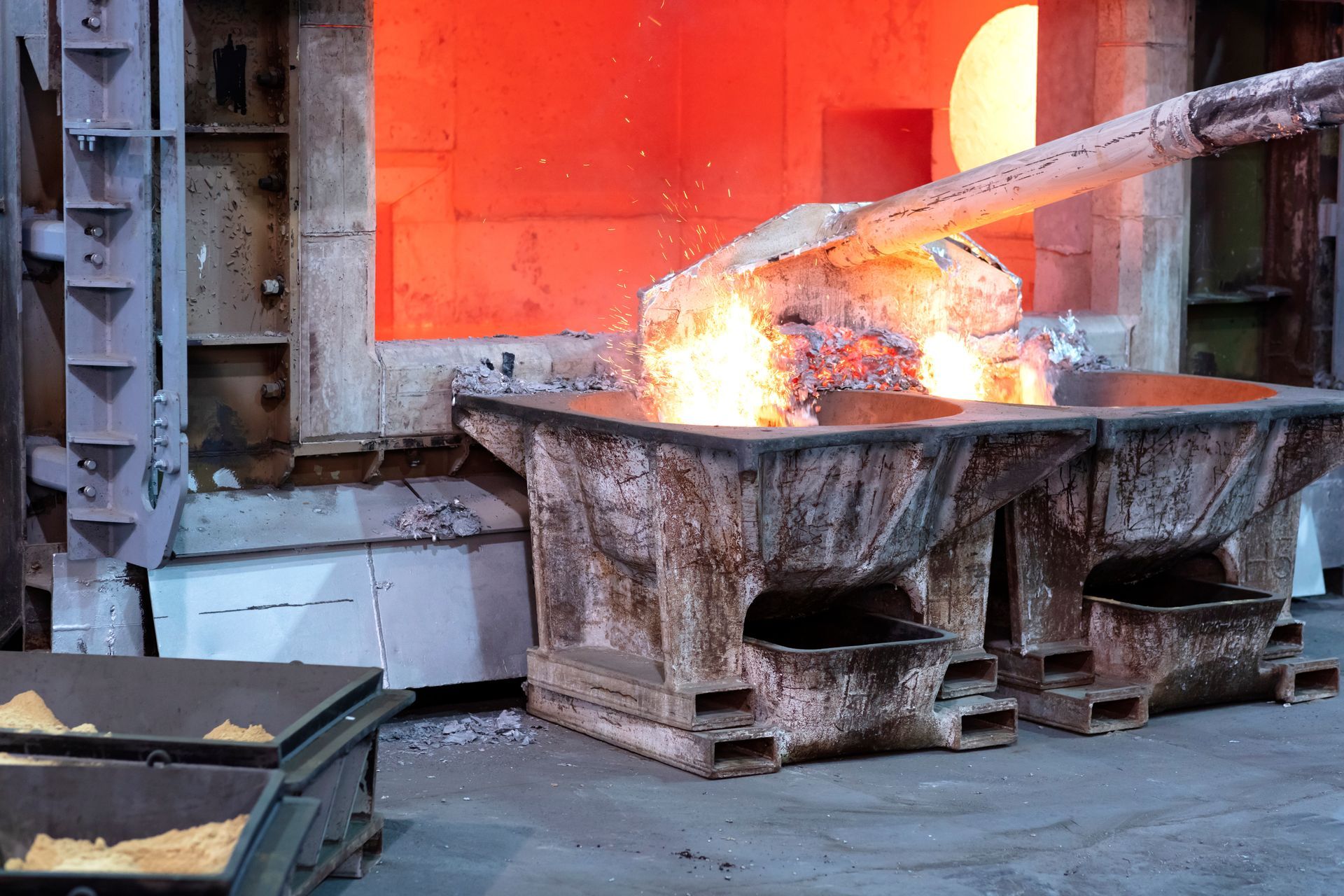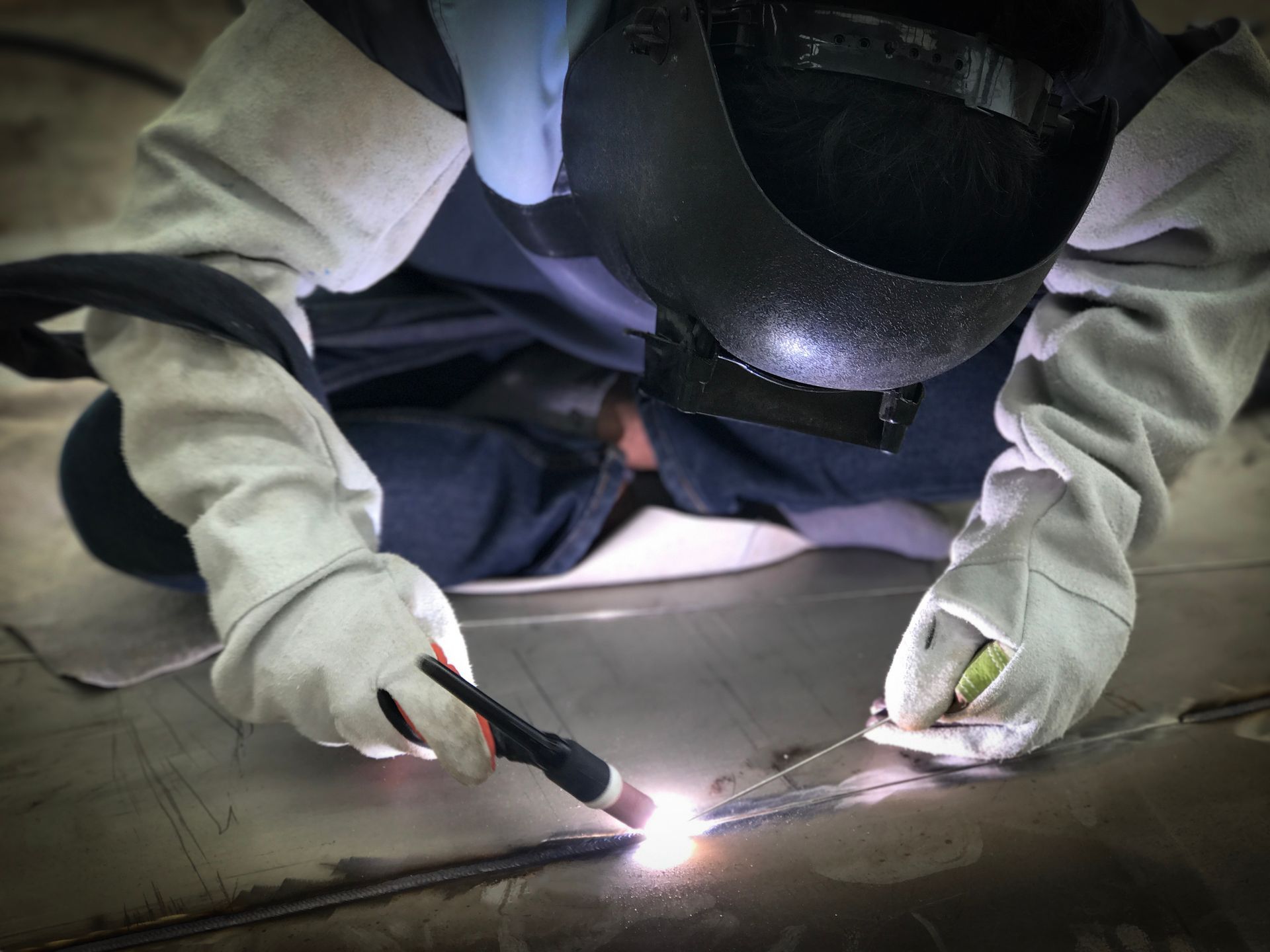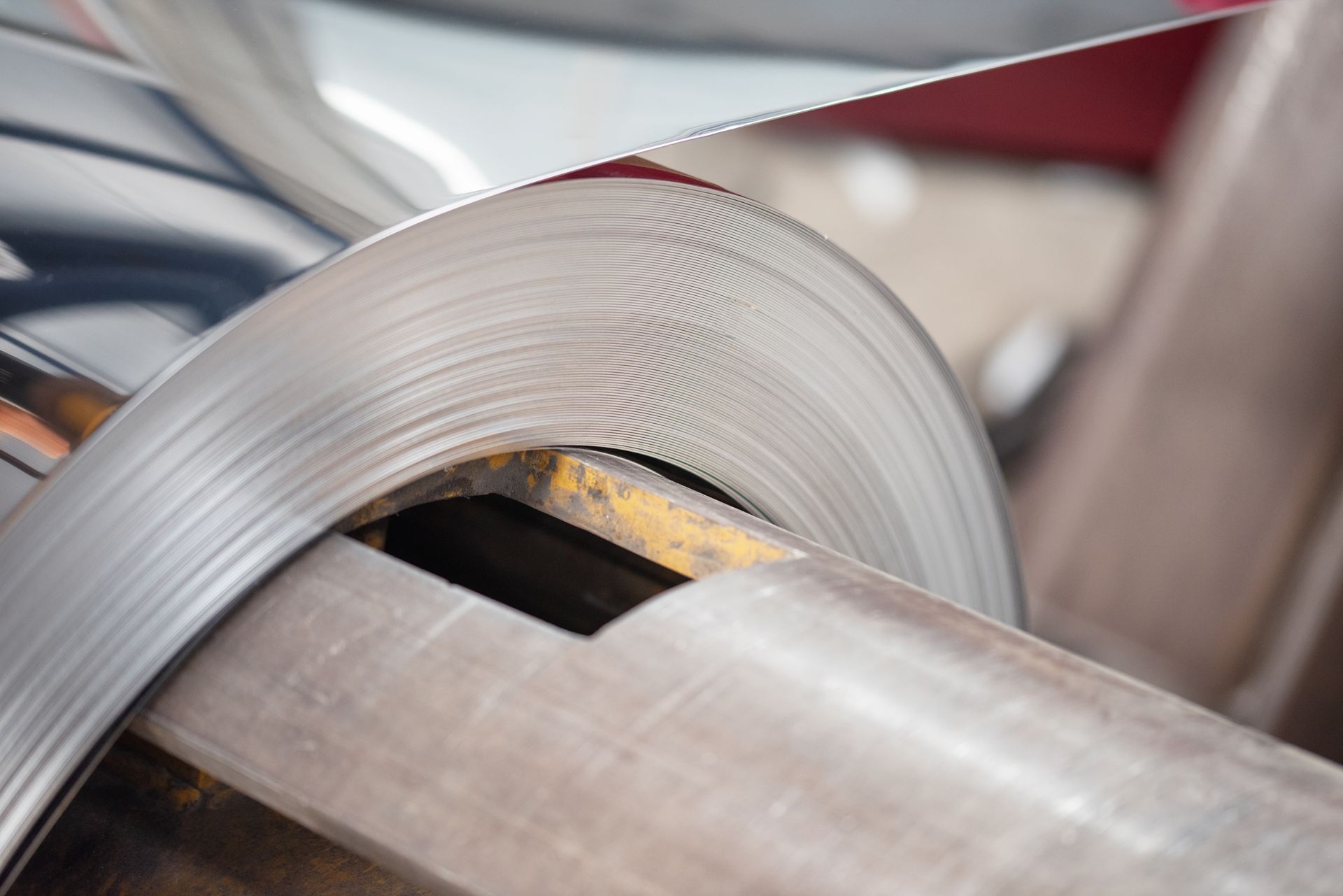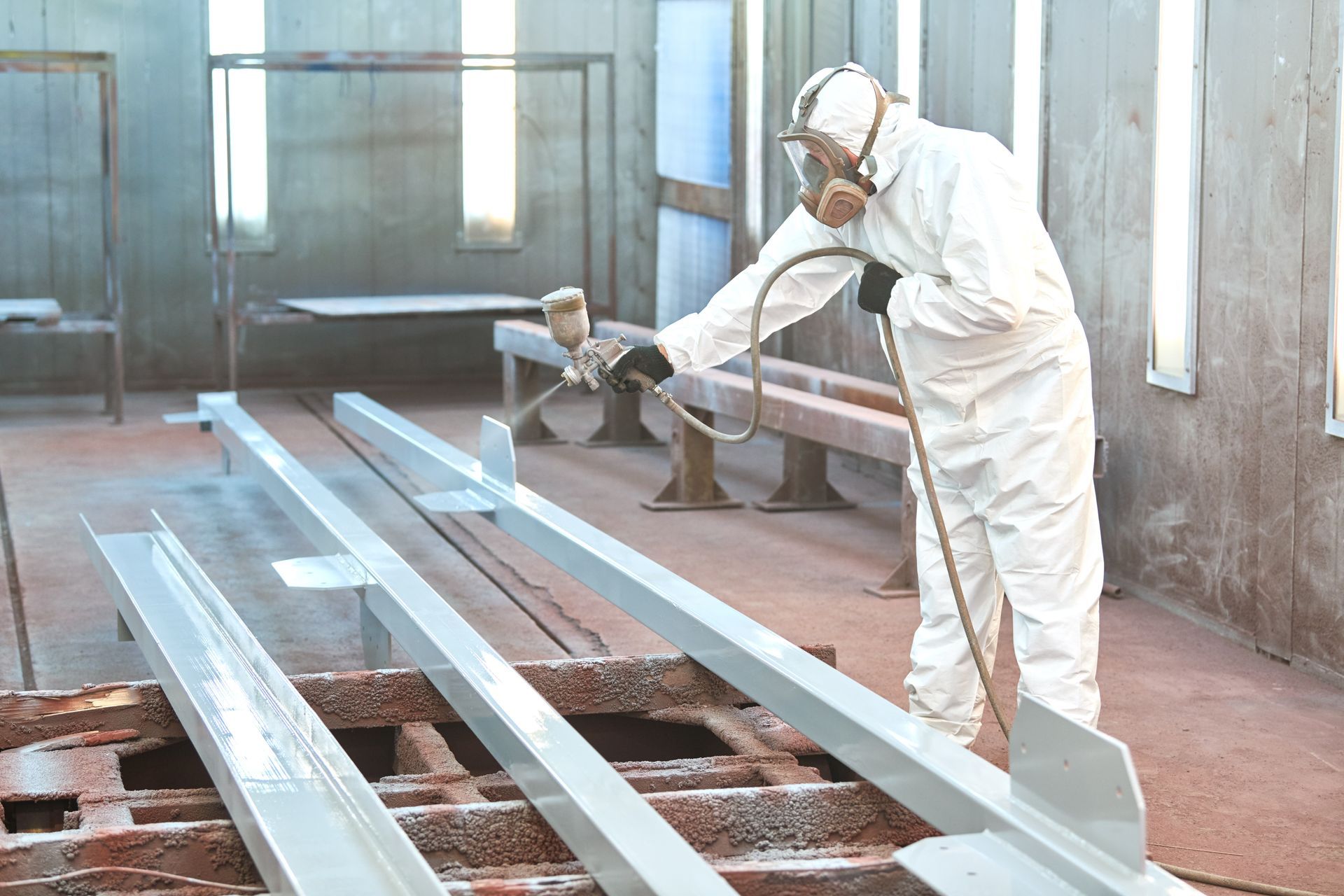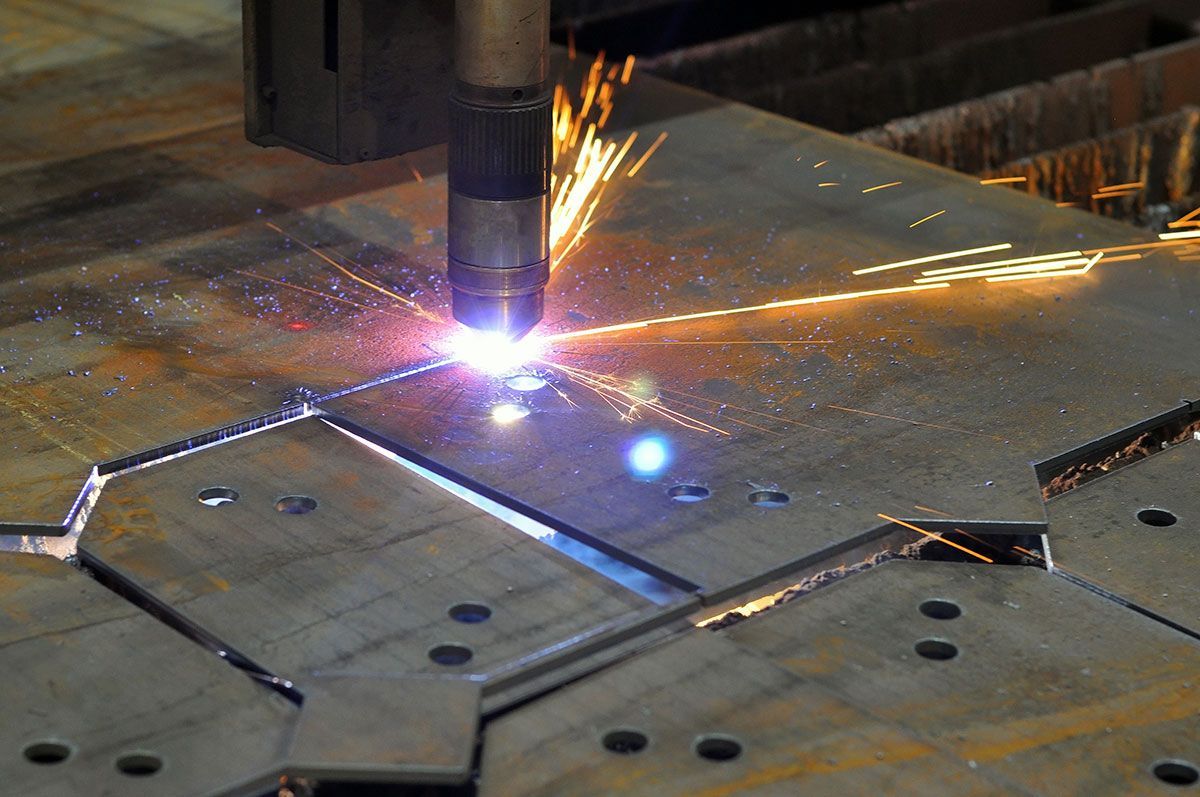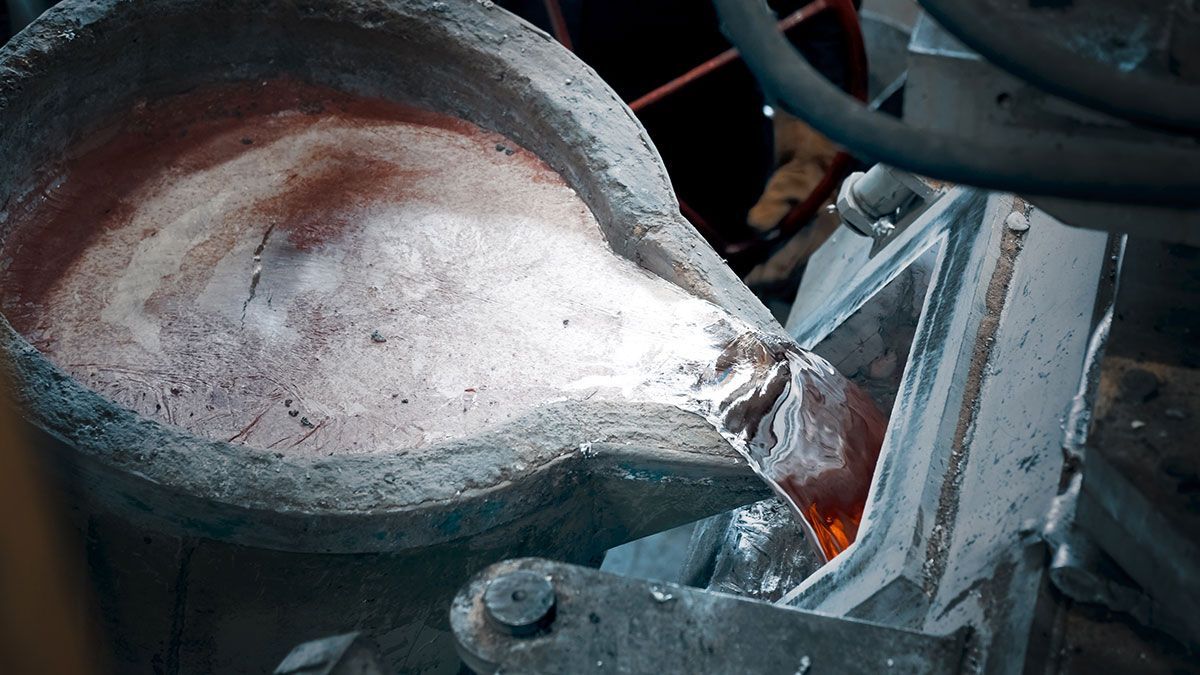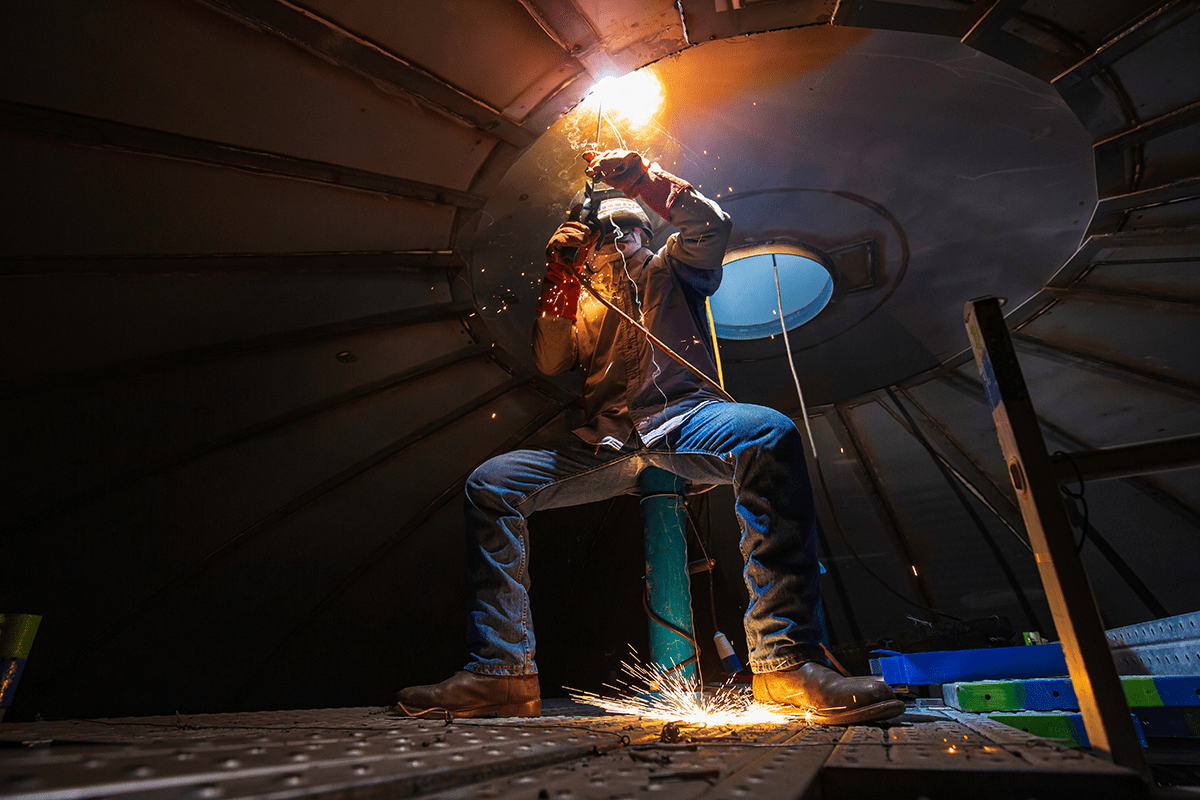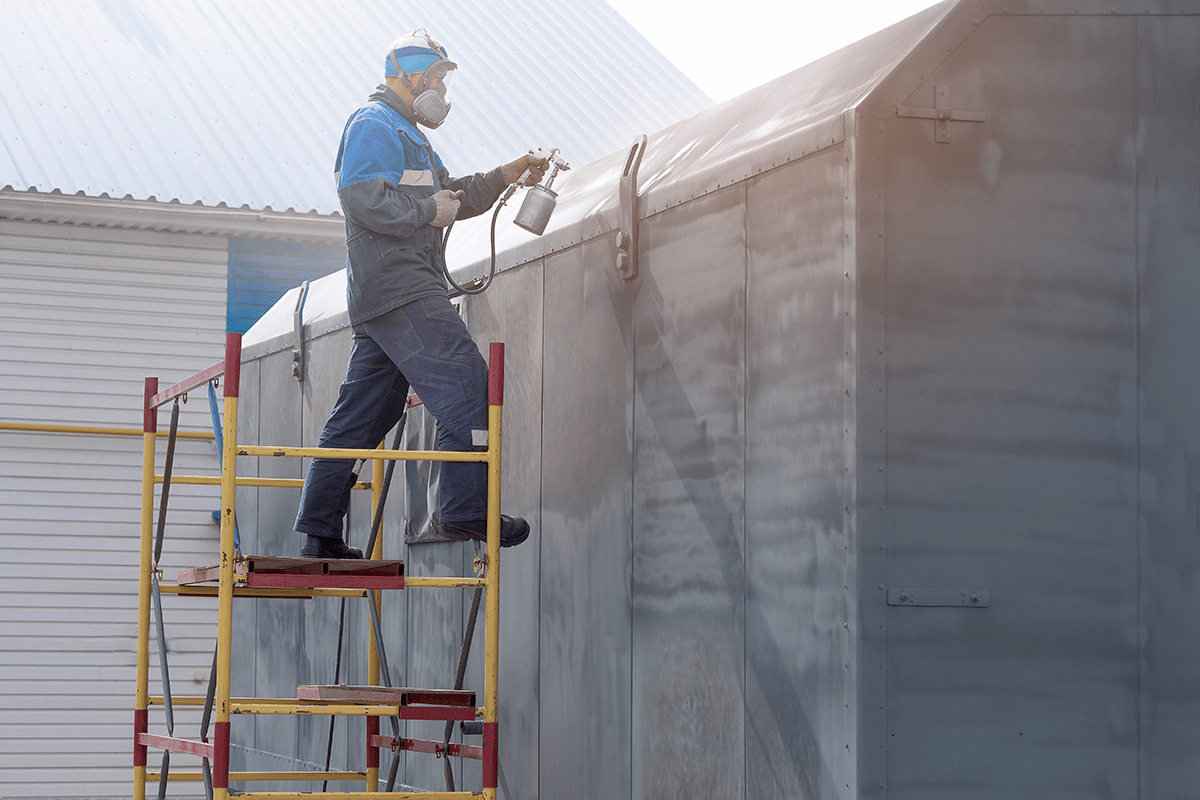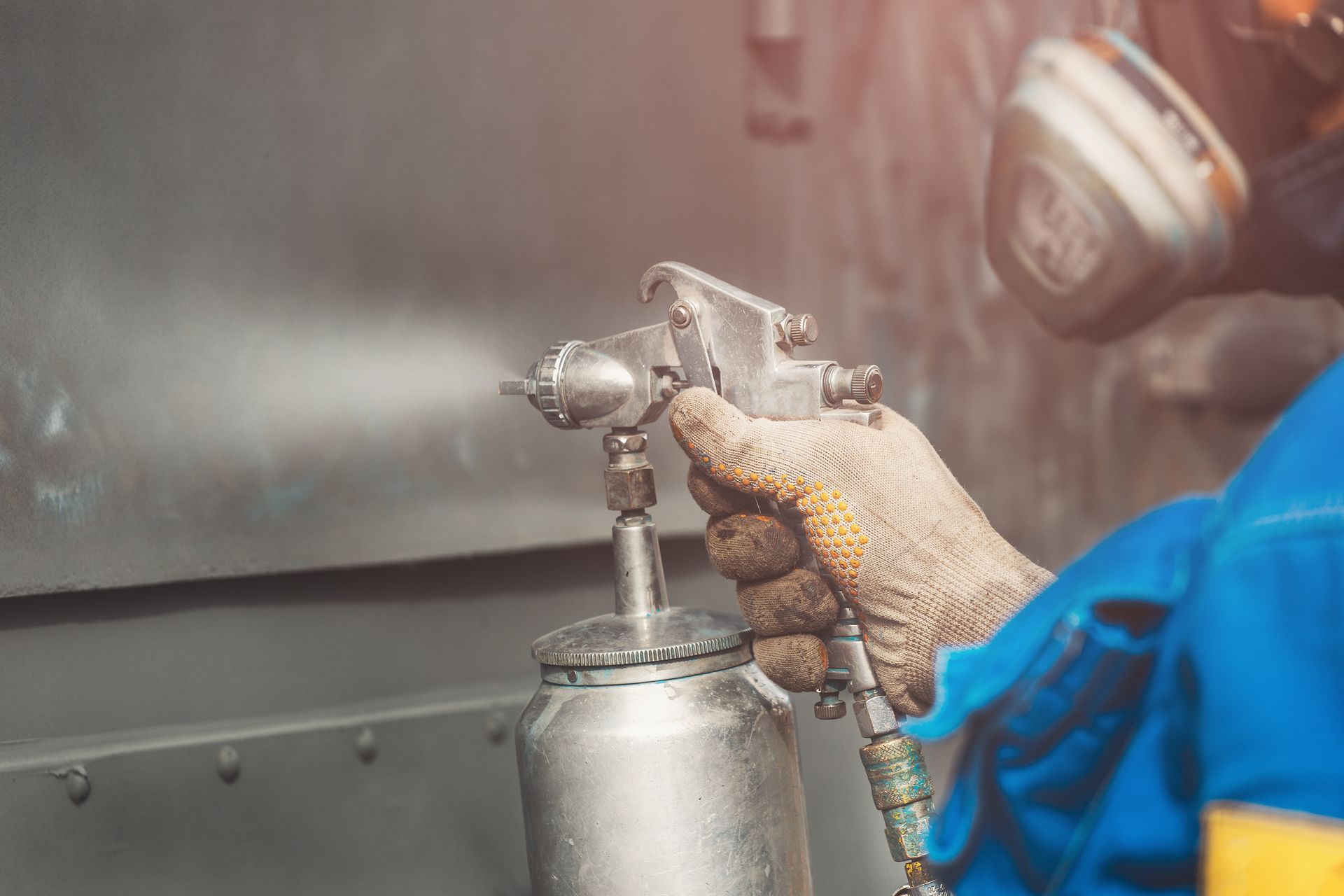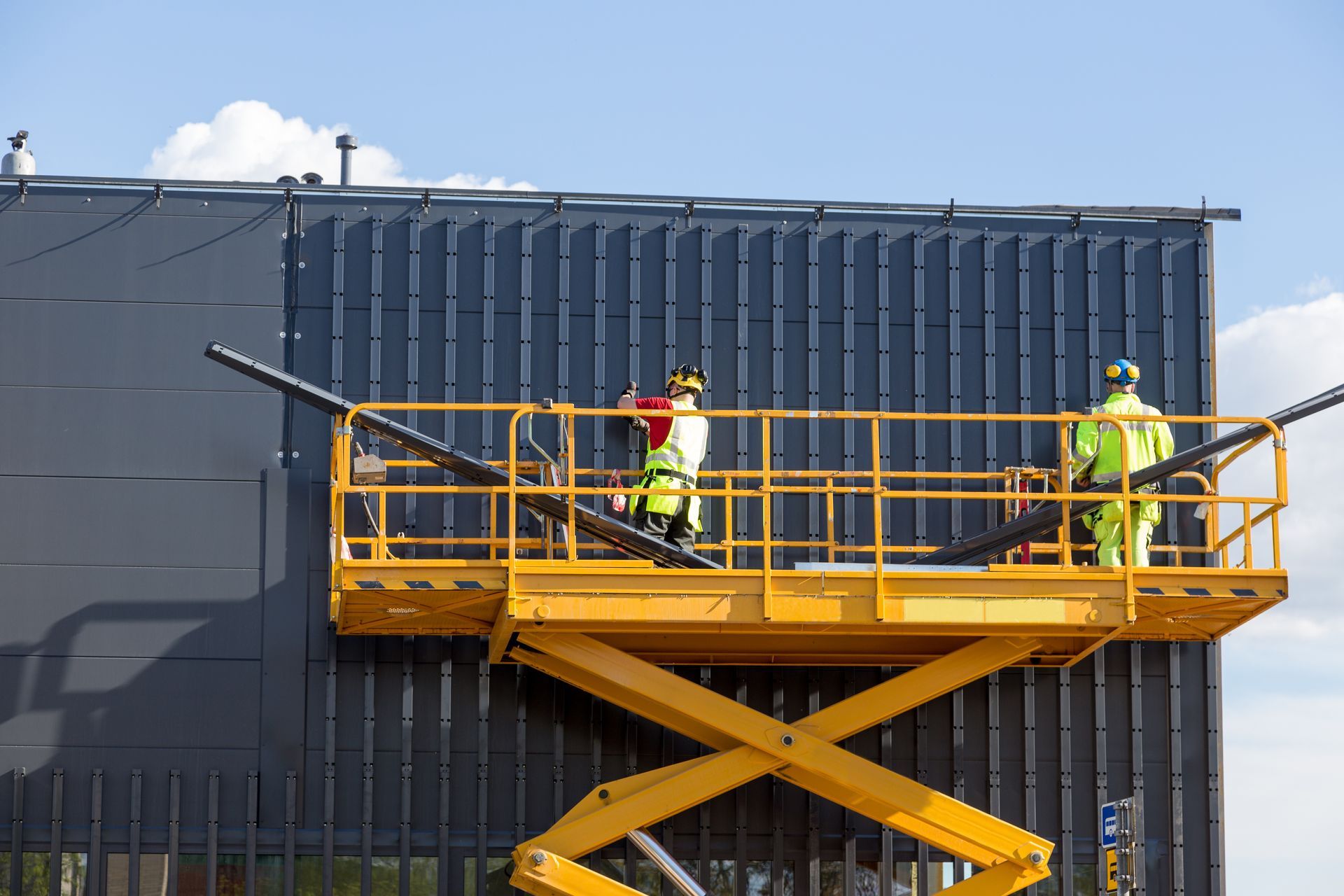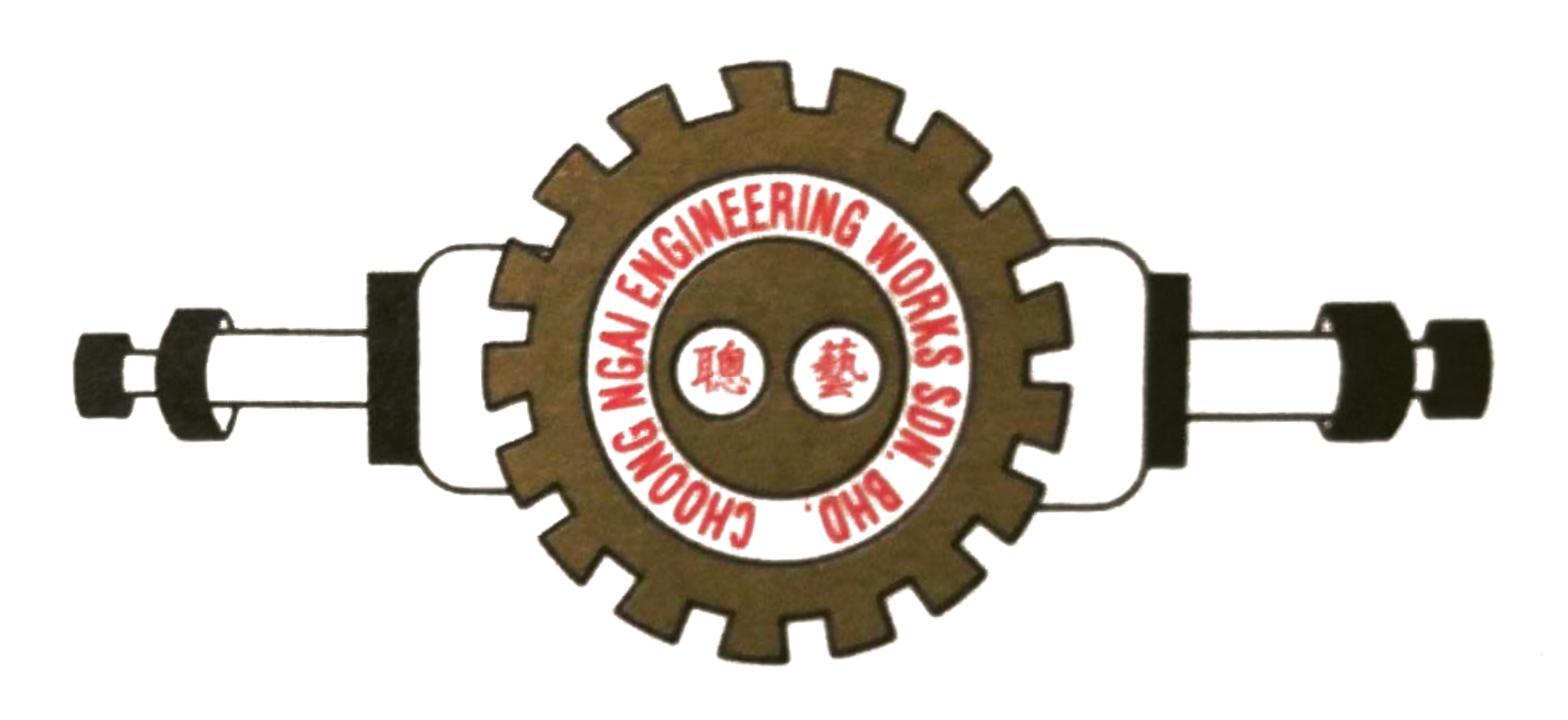What Are The Common Challenges in Sheet Metal Fabrication
Sheet metal fabrication is crucial in various industries, ranging from automotive to aerospace. It forms the backbone of countless essential components and structures. However, it can come with various hurdles that affect efficiency and quality.
These challenges, often stemming from complex materials, intricate designs, and tight tolerances, can significantly impact the overall production process. Whether you’re working with intricate designs or dealing with material limitations, it’s important to understand the potential obstacles to find effective solutions.
Read on to learn more about these challenges and how they can be overcome.
Sheet Splitting
One of the most common challenges in sheet metal fabrication is sheet splitting. While sheet metal materials are made to be easily fabricated, they may still easily be split. This happens when the metal is of subpar quality or stressed beyond its strength limit.
Thankfully, modern technology has allowed us to use simulation software to test the degree of cracking in advance to avoid splitting. This effectively lowers the cost of wasted time, materials, and resources.
Springback
Another common challenge is springback. Springback happens when a sheet metal made of a high-strength material has insufficient elasticity. Since it can’t be bent to its expected bending radius, the sheet metal’s springback can affect other metal parts and components.
The good news is that the springback problem can easily be solved by positive stretching to adjust and increase the strength of the sheet metal. This prevents material waste and ensures the final product meets the desired specifications with greater precision.
Alignment Issues
Alignment issues arise when fabricating more than one metal sheet. Differences in thickness, complex geometries, and flange orientations create these issues. These issues are inevitable whether the sheet metal is bent, cut, interlocked, or curved.
However, creating 3D models of these sheet metal parts, even if bent, interlocked, or curved, allows precise alignment so that the sheet metal fits perfectly like a puzzle. By adopting 3D model software into the designing step, the sheet metal fabrication process is much simplified.
Hole Deformation
If there is not enough space between the bent or cut surface on the sheet metal and the hole, hole deformation can occur during the bending process. This happens because the material near the hole is subjected to uneven stresses, causing it to distort.
To prevent this issue, maintaining an adequate distance between the hole and bend line is essential for preserving the part’s integrity and functionality. Reserve the hole position in the design process before bending or cutting the sheet metal to avoid the issue as much as possible.
Gaps in Corners
Gaps in corners are a common sheet metal fabrication problem, specifically caused by designers missing the folded geometry of a tiny spot. While common, this mistake demands fabricators to spend hours to fix a mistake that could have been avoided easily in the design process.
The best way to prevent this problem is to thoroughly study the design blueprint before any sheet metal fabrication can occur. Moreover, modern technology has introduced advanced software and simulation tools that allow designers to identify and correct potential issues in the early stages of planning, saving time and reducing errors.
Scratched Surfaces
Sheet metal surfaces are easily scratched during handling, processing, or transportation, compromising the finished product’s aesthetic appeal and structural integrity. These imperfections can result from improper tooling, debris, or rough handling.
Preventing scratches requires careful material handling, the use of protective films, customised packaging, and regular maintenance of equipment. Addressing this challenge ensures high-quality finishes and customer satisfaction with the end products.
Error with CNC Machining
CNC machining is a revolutionary technology in sheet metal fabrication, enabling precise and complex designs. However, errors can arise from incorrect programming, tool wear, or misaligned setups, leading to defective parts or production delays. Even small deviations in calibration can compromise the quality of the final product.
Addressing these issues requires regular machine maintenance, skilled operators, and thorough quality checks to ensure flawless results. Without these measures, the risk of costly rework, material waste, and prolonged downtime increases, ultimately affecting overall productivity and project timelines.
Looking for a sheet metal fabrication service in Malaysia? Choose Choong Ngai Engineering!
Are you looking for a skilled fabricator in Malaysia who can meet your sheet metal fabrication needs? Visit us at Choong Ngai Engineering and speak to our experts on sheet metal fabrication, where we adopt modern technology and techniques.
Speak to our experts at
Choong Ngai Engineering, and let us help you with any doubts and concerns.
Call us today!
